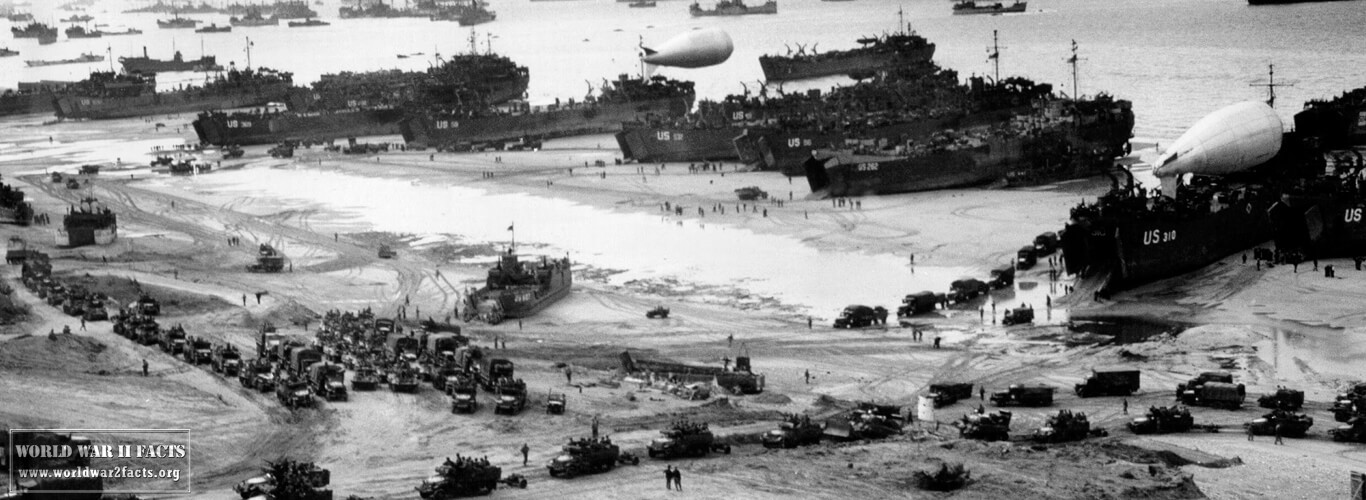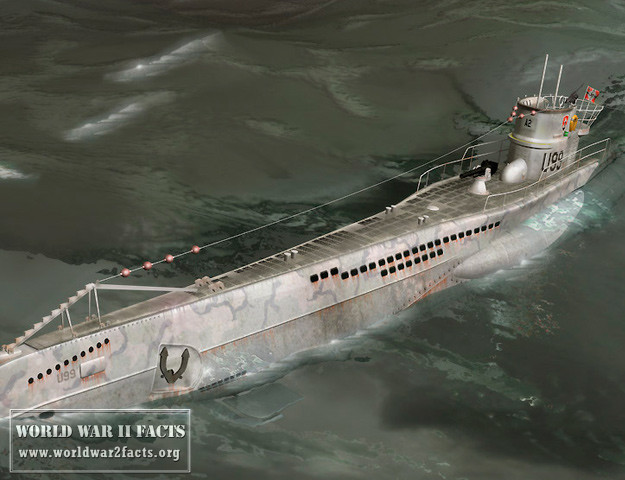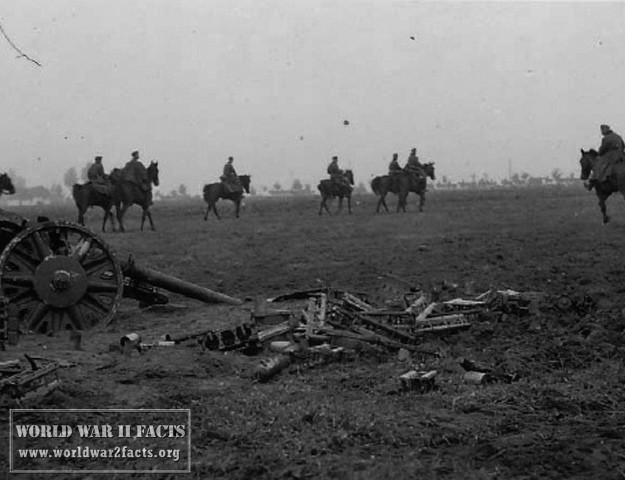Focke-Wulf Fw 190 Würger

The Focke-Wulf Fw 190 Würger is a one-seat, one-engine fighter aircraft widely used throughout World War II and designed by Kurt Tank in the late 30s. Early development Genesis In autumn 1937, the German Ministry of Aviation asked various designers for a new fighter to fight alongside the Messerschmitt Bf 109, Germany’s front line fighter.
Though flown well before World War II this trim little fighter was unknown to the Allies and caused a nasty surprise when first met over France in early 1941. Indeed, it was so far superior to the bigger and more sluggish Spitfire V that for the first time the RAF felt not only outnumbered but beaten technically. Fortunately, a Fw 190 landed by mistake in England in June 1942, and the RAF was given a heaven-sent opportunity for testing the aircraft in direct comparison to their beloved Spitfire. However, the Fw 190 turned out to be even better than expected.
It was faster than any other Allied fighter in service at that time, had far heavier armament (at that time the standard on Fw 190’s was two 7.92mm MG 17’s on the engine, two of the previously unknown Mauser cannon inboard and two 20mm MG FF outboard), was immensely strong, had excellent power of manoeuvre and good pilot view. It was also a subtle target, much lighter than any Allied fighter and had a stable wide-track landing gear (unlike the Bf109). Altogether it gave Allied pilots and designers an instant inferiority complex. Though considered in most circles to have been a better aircraft than the Messerschmitt Bf109, it never supplanted the 109 but was subsequently made in a profusion of different versions by many factories.

The A series included many fighter and fighter-bomber versions, some having not only the increasingly massive internal armament but also two or four 20 mm cannon or two 30 mm cannon in underwing fairings. Most had an emergency power boost system, using MW 50 (methanol/water) or GM-1 (nitrous oxide) injection, or both. Some were two-seaters, and a few had autopilots for inclement weather and night interceptions.
The F series were close-support attack aircraft, some having the Panzerblitz array of R4M rockets for tank-busting (also lethal against heavy bombers). The G was another famous series of multi-role fighter/dive bombers, but by 1943 the main effort was devoted to what the RAF called the “long-nosed 190”, the 190D. This was once more the fastest fighter in the sky, and late in 1943, it was redesignated Ta 152 in honor of the director of Focke-Wulf’s design team, Professor Kurt Tank.
The early 152C series were outstandingly formidable, but the long span H sacrificed guns for speed and height. Tank himself easily outpaced a flight of P-51D Mustangs which surprised him on a test flight, but only ten of the H sub-type had flown when the war ended. Altogether 20,051 Fw 190’s were delivered, plus a small number of Ta 152’s (67, excluding development aircraft). It is curious that the Messerschmitt Bf109, a much older and less attractive design with many shortcomings, should have been made in greater quantities and also been the aircraft of choice of nearly all the Luftwaffe’s aces.
A structurally redesigned and lighter wing was introduced and the normal armament was increased to two mg 17 fuselage machine guns and four 20 mm mg 151/20e wing root and outer wing cannon with larger ammunition boxes.
Fw 190 Production History
Fw 190 a-7 The a-7 entered production in November 1943, equipped with the bmw 801 d-2 engine, again producing 1,700 ps and two fuselage-mounted 13 mm mg 131s, replacing the mg 17s.
Fw 190 a-8 The a-8 entered production in February 1944, powered either by the standard bmw 801 d-2 or the 801q.
The 801q/tu, with the "T" signifying a Triebwerksanlage unitized powerplant installation, was a standard 801d with improved, thicker armour on the front annular cowling, which also incorporated the oil tank, upgraded from 6 mm on earlier models to 10 mm.
Changes introduced in the Fw 190 a-8 also included the C3-injection Erhöhte Notleistung emergency boost system to the fighter variant of the Fw 190 a, raising power to 1,980 ps for a short time.
Fw 190 a-8/r2 – The a-8/r2 replaced the outer wing 20 mm cannon with a 30 mm mk 108 cannon.
Fw 190 a-8/r8 – The a-8/r8 was similar to the a-8/r2, but fitted with heavy armor including 30 mm canopy and windscreen armor and 5 mm cockpit armor.
Fw 190 a-9 First built in September 1944, the Fw 190 a-9 was fitted with the new bmw 801s rated at 2,000 ps; the more powerful 2,400 ps bmw 801f-1 was still under development, and not yet available.
Fw 190 a-10 Late in the war, the a-10 was fitted with larger wings for better maneuverability at higher altitudes, which could have allowed additional 30 mm calibre, long-barreled mk 103 cannon to be fitted.
A total of 13,291 Fw 190 A-model aircraft were produced.
Video Documentary Footage of the Fw 190
Fw 190 Specifications
Full Name: Focke-Wulf Fw 190
Variants: Fw 190A series, D series, F series, Ta 152H
Type: Single-seat fighter bomber
Country of Origin: Germany
Manufacturer: Focke-Wulf Flugzeugbau GmbH
First Flight: (Fw 190V-1) June 1, 1939; (production Fw 190A-1) September 1940; (Fw 190D) late 1942
Engine(s): (A-8, F-8) one 1,700 hp (2,100 hp with emergency boost) BMW 801Dg 18-cylinder two-row radial; (D-9) one 1,776 hp (2,240 hp with emergency boost) Junkers Jumo 213A-1 12-cylinder inverted-vee liquid-cooled; (Ta152H-1) one 1,880 hp (2,250 hp with emergency boost) Junkers Jumo 213E-1
Wingspan: (A-8, F-8 and D-9) 34 ft 5.5 in (10.49 m); (Ta152H-1) 47 ft 6.75 in (14.5 m)
Length: (A-8, F-8) 29ft (8.84 m); (D-9) 33 ft 5.25 in (10.2 m); (Ta 152H-1) 35 ft 5.5 in (10.8 m)
Height: (A-8, F-8) 13 ft (3.96 m); (D-9) 11 ft 0.25 in (3.35 m); (Ta 152H-1) 11 ft 8 in (3.55 m)
Weights: Empty: (A-8, F-8) 7,055 lb (3,200 kg); (D-9) 7,720 lb (3,500 kg); (Ta 152H-1) 7,940 lb (3,600 kg)
Loaded: (A-8, F-8) 10,800 lb (4,900 kg); (D-9) 10,670 lb (4,840 kg); (Ta 152H-1) 12,125 lb (5,500 kg)
Maximum Speed: With boost: (A-8, F-8) 408 mph (653 km/h); (D-9) 440 mph (704 km/h); (Ta 152H-1) 472 mph (755 km/h)
Initial Climb: (A-8, F-8) 2,350 ft (720 m)/min; (D-9, Ta 152H-1) about 3,300 ft (1,000 m)/min
Service Ceiling: (A-8, F-8) 37,400 ft (11,410 m); (D-9) 32,810 ft (10,000 m); (Ta 152H-1) 49,215 ft (15,000 m)
Range: On internal fuel: (A-8, F-8 and D-9) abot 560 miles (900 km); (Ta 152H-1) 745 miles (1,200 km)
Armament: (A-8, F-8) two 13 mm MG 131 above engine, two 20 mm MG 151/20 in wing roots and two MG 151/20 or 30 mm MK 108 in outer wings; (D-9) as above, or without outer MG 151/20s, with provision for 30 mm MK 108 firing through propellor hub; (Ta 152H-1) one 30 mm MK 108 and two inboard MG 151/20 (sometimes outboard MG 151/20s as well); Bomb load: (A-8, D-9) one 1,100 lb (500 kg) on centerline; (F-8) one 3,968 lb (1,800 kg) on centerline; (Ta 152H-1) none normally carried




